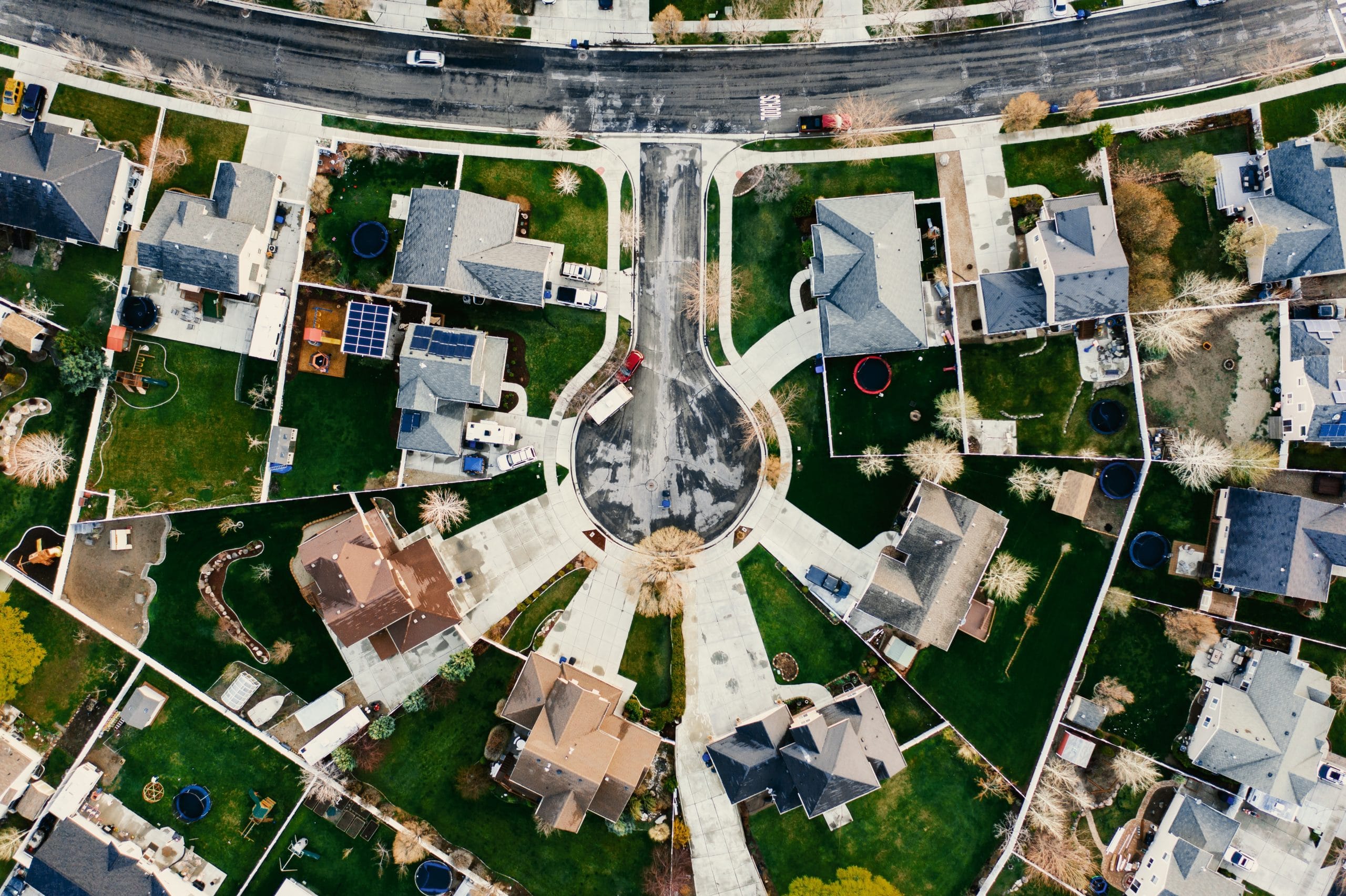Fuel prices, driver shortages, and increasing demands to decarbonize fleets to the greatest extent possible are driving municipal and private haulers to scrutinize not only their collection routes, but also the way they design them.
For many forward-looking haulers, route optimization software answers both questions at once. As with any investment, however, it’s wise to observe best practices to make the most of it.
In our last blog about route optimization, we featured several best practices for ensuring greater success with such projects. Today we’re rounding out the discussion with five more ways to ensure the best outcomes, starting with real-world data.
4 | Use real-world data
A worthwhile route design process needs real data. Without real data inputs, the outputs of optimization will be guesses, whether you’re working with pen and paper or software.
The advantage of using software, of course, is its ability to quickly crunch these real inputs from multiple sources, such as GPS and in-vehicle systems.
It’s important to note that while input data does not need to be perfect or absolutely complete, it must be real for the resulting plans to be realistic and achievable.
5 | Gather data
This real-world data will include inputs such as address lists, container details, current routes, access issues, facility details and material weights. Input data is so important, in fact, you should plan to spend about one-third of total project time gathering this information. Defining the data you need, creating a plan for collecting it, and then doing the collection are all critical tasks for a successful reroute project. It’s hard to overstate the importance of this, so we’ll say it again: Plan to spend enough time gathering robust, real-world input data. You’ll be glad you did.
6 | Choose the right software
It’s worth noting: Routing solutions from other industries don’t work in waste. The optimization of solid waste collection routes is different and more complex than routing problems in other industries, such as deliveries or field service. It involves many more stops, different frequencies of collection, specific safety risks and unusual vehicle constraints.
While solid waste route optimization is complex, with the right software and support, it’s worthwhile — and results from successful projects in cities around the world prove it. The City of Virginia Beach, the most populous city in Virginia — which provides household garbage, recycling and yard waste collection services — reduced its number of routes by 10 percent in phase two of a three-phase route optimization project. The City also reduced operating costs due to fewer miles traveled and fewer trips to the landfill, and enhanced safety protocols for busy and tight spaces.
7 | Involve drivers and supervisors
Route optimization software empowers people who understand waste collection to design better routes faster, so it’s imperative that drivers and supervisors be involved in the route design process. In no way does this software replace people — and it certainly doesn’t replace the deep knowledge of those who operate solid waste services. On the contrary, it is simply a power tool for its users. When knowledgeable users leverage robust software tools for route optimization, the resulting designs just work.
8 | Keep on Top of It
Given the growing number of changes in solid waste — and the speed at which they’re happening — the days of one-and-done route optimization are past. Today’s forward-thinking organizations are working toward increased agility and resilience within a continuous improvement model that relies on a sustained feedback loop to inform and transform route plans over time.
As the solid waste landscape continues to shift, agility is becoming more important for organizations with environmental targets to meet. As populations grow, new collections are added and others are removed, collection weights go up and down, and crew and fleet makeup changes over time, solid waste operators who commit to keeping data up-to-date in a continuous fashion will realize the greatest efficiencies in their operations while saving money for their organizations. In turn, these agile leaders who plan for the future will help make a lasting impact for operations and the environment.
This is the second piece in a two-part series about Best Practices for Route Optimization. Find Part One here.
For more best practices, follow our blog and sign up for updates.





